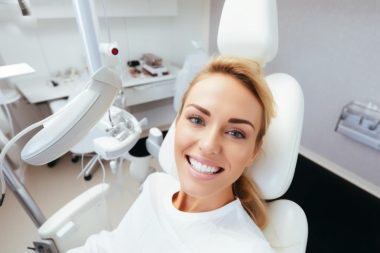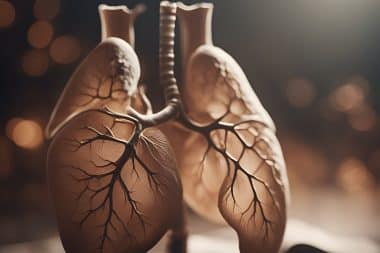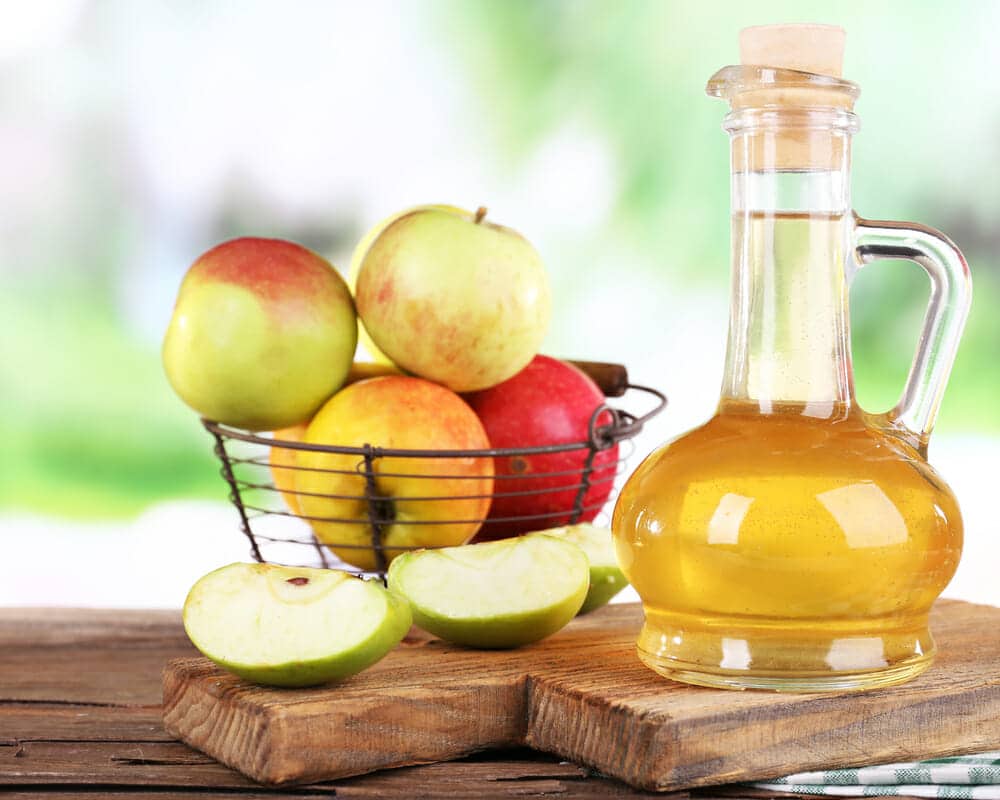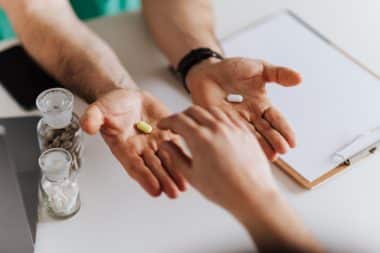Light Activated bleaching is today being marketed by some as a technological breakthrough in cosmetic dentistry. Touted as one of the safest and simplest ways to whiter teeth, it is rooted in the belief that the use of light enhances the effectiveness of the bleaching agent making the process faster and more effective. The discovery came about after observing that people in sunnier climates tend to have whiter teeth — the role of light in bleaching was subsequently investigated and `photo bleaching’ as it has also come to be called is today considered a safe method to be done at home with a `do it yourself’ kit.
But there is increasing criticism of the incremental benefits that `light induced’ whitening offers over non light based whitening techniques and whether the `statistically improved results’ truly justify the additional time and cost. More and more users and doctors not using this technique have argued that it is no more than a marketing gimmick for expensive bleaching kit manufacturers and that there is no scientific basis for this claim. To better understand what the controversy is all about, let’s look at how the whitening process works. The active ingredient in almost all the formulations is hydrogen peroxide. Prepackaged at `neutral PH’ to avoid accidents, they need an activator to break down the hydrogen peroxide into its reactive oxygen free radicals. Now `light activated’ formulations are said to be better because light is supposed to act as a catalyst speeding up the lightening process and therefore giving better results. However in almost all `split arch’ tests — tests where one half of the teeth set was exposed to light based systems and the other without light — results were almost similar. But opinion remains divided and you will find both kinds.
Doing It At Home
Given the demand for teeth whitening (it is the second most common procedure done by dentists), there are several home alternatives to going to the dentist, ranging from over-the-counter strips to whitening toothpastes that help you get not only whiter but also stronger teeth. However, the concentration of the active ingredient, hydrogen peroxide is deliberately kept low which is why these do not give results as fast as the procedures done at the dentist’s office. However, they are safer and better for people with more sensitive teeth. Some of the more common ones are:
Bleaching Kits: This contains the bleaching gel, applicator, a white light system (only in light based kits), You simply apply the formulation onto your teeth for the time period specified and expose them to the battery operated light system if given. And voila – one gets visibly brighter teeth in less than ten minutes! Some kits also include protective material for the gums and lips in case the concentration of hydrogen peroxide in the gel is very high.
Whitening Toothpastes: These predominantly act on the surface of the teeth to remove stains through abrasion rather than work on the actual tooth color. These are ideal for mild discoloration and maintenance.
Porcelain Veneers: These also serve to reshape the teeth along with the dual action of providing whitening benefits. Bonding: This involves using a resin like material that is molded onto the teeth and helps reshape and whiten them.
Keeping Your Teeth White: You should know that the effects of any teeth whitening treatment are not permanent. The most common causes of teeth discoloration include ageing and consumption of colas, tobacco, red wine, and coffee to name a few. Excessive fluoride in content in the drinking water and certain drugs can also lead to stains. So it is important to identify why your teeth discolor and try to avoid those things. There are also some common dos and don’ts to follow to get the best out of your whitening treatment.
- Rinse your mouth or use mouthwash after every meal — This helps remove the food particles which if allowed to stay on the tooth surface can cause discoloration. As part of the same rationale avoid sticky foods and floss regularly.
- Refrain from smoking — Tobacco is one of the biggest culprits behind yellow brown teeth especially in the chewable form (very popular in some Asian countries). Even smoking causes a lot of damage.
- Drink your colas and coffee with a straw: This minimizes contact with the teeth and protects them from harm. This rule can actually be extended to all dark colored liquids.
- Follow the `Does it stain my shirt rule?’ — For at least 24 hours after any treatment avoid consuming any substance with a propensity to stain — berries, chocolates, wine, beets, sauces… the list is long.






Reply